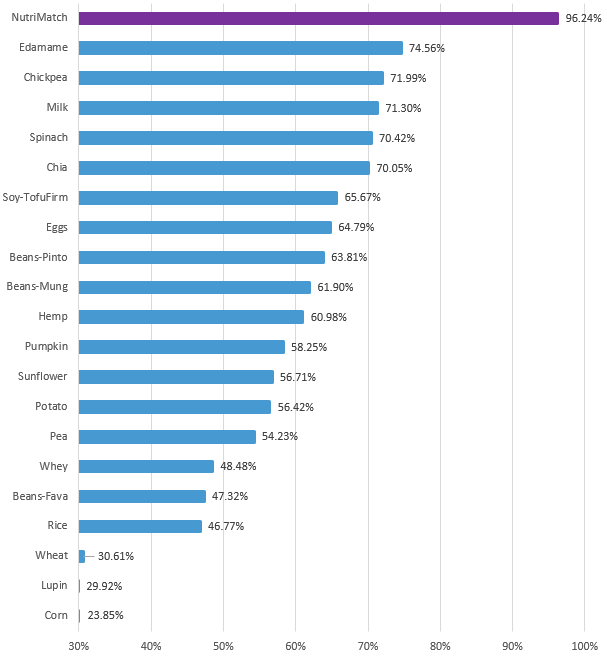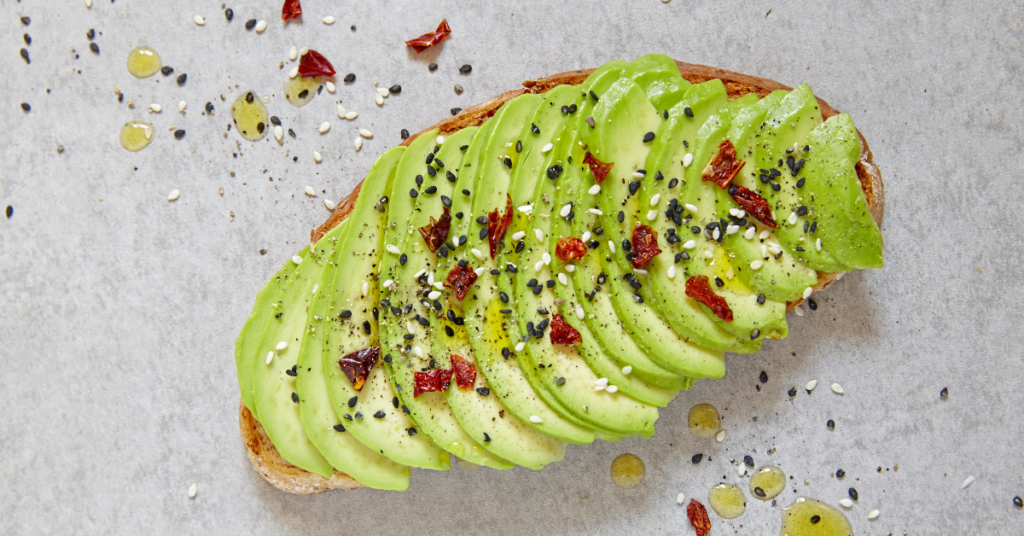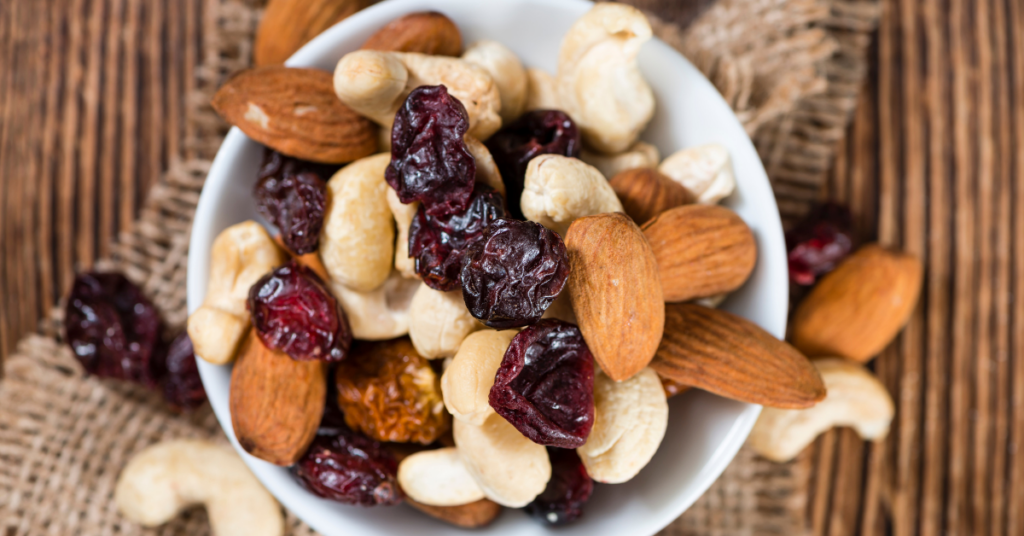The “Plant Protein” Myth
Protein is protein, right?
You see “20g of protein” on a label and assume it’s helping your body in the same way, whether it’s from whey, soy, chicken, or pea.
But that’s the myth.
Not all protein grams are equal, not even close.
Your body doesn’t care about the number on the label. It cares whether the amino acids inside that protein actually match what your muscles need to grow and repair.
That’s where most proteins, plant or animal, fall short.
The assumption that “20g of plant protein is just as good as 20g of animal protein”… or that “all plant proteins are interchangeable”… glosses over the real issue:
Protein quality isn’t about how much you eat. It’s about how much your body can use.
Single-Source Plant Proteins: Each Brings Gaps
Every plant protein source has its strengths. Some mix well. Some taste better. Some offer fiber, or are easier to source.
But when it comes to amino acid profile, none of them provide what your body actually needs on their own.
No single plant source naturally aligns with the essential amino acid needs of human muscle. Some are off by a little. Many are off by a lot. And that makes a big difference when it comes to building or preserving lean mass. Your body is always under construction or reconstruction, whether you are a gym rat, a homebody, any age, or any gender.
“Just Mix and Match” Isn’t Enough
If you’ve spent any time in vegan or nutrition circles, you’ve probably heard this advice:
“You don’t need complete proteins in every meal, just mix and match throughout the day.”
Holds some trush. Biologically… risky. Difficult? Extremely.
Muscle recovery doesn’t happen “sometime tomorrow.” It happens during and after stress, especially in the hours post-training. If the protein in that moment is imbalanced or missing key amino acids, the body can’t rebuild effectively.
Even if you’re not training, this imbalance affects daily performance, mood, metabolism, and muscle preservation.
Tracking every macro, every meal, every day, hoping to get the right balance every time. Who has time for that?
Trying to balance amino acids every day through intuition or food variety is:
- Time-consuming
- Inaccurate
- Frustrating
- Mathematically challenging
- Difficult to keep track
There isn’t a single plant-based protein product that solves this problem. Because they weren’t designed to. All they care about is continuing the myth that all protein is the same because it’s simpler and cheaper. That isn’t really benefiting you and your health, but it is benefiting their bottom line, while increasing yours.
Why Nutritionists Tell Vegans to Eat More Protein
You’ll often see this guidance in plant-based nutrition:
“Vegans should aim for the higher end of protein intake, closer to 1 gram per pound of body weight.”
But few explain why that recommendation exists.
It’s not because plants are “bad.” It’s because most plant proteins are less efficient, with low Match Rates, and nutritionists know it.
Even when you’re hitting your daily protein target by the numbers, the quality of that protein matters. If the amino acids are imbalanced, incomplete, or mismatched to what your body actually needs, much of that protein will go unused.
That inefficiency means:
- You have to eat more protein to make up for what’s not usable
- You end up consuming more calories overall which could result in higher fat stores
- Your digestive system is doing more work with fewer results
- You still may fall short on muscle maintenance or recovery, even if your protein number looks right
This is the unspoken truth behind the “eat more” advice:
If your protein isn’t well-matched, imbalanced, you have to eat more of it to make up for what your body can’t use.
Even most nutritionists, whether or not they say it out loud, intuitively understand this problem, and you’ll need to eat more of them to make up for all the inefficiencies and amino acid waste. That’s why nearly every vegan nutrition plan nudges higher protein goals higher than for omnivores.
If your protein is imbalanced, you need to overcompensate.
More calories. More digestive strain. And still more guesswork. But what if you didn’t need to overcompensate at all? What if your plant protein was actually built to match your body?
How Do Common Plant Proteins Actually Stack Up?
Most people assume all plant proteins are basically the same, or that they “balance out” if you eat enough of them.
But when you measure them using Match Rate™, the percentage alignment between a protein’s amino acid profile and what your muscles actually use, the differences become crystal clear:
Plant Protein and Dairy Protein Match Rate Table:

Even currently assumed high-performing plants fall short of optimal. Many sources deliver less than 60% or less of what your body actually needs for efficient muscle repair.
That means your 20g protein shake could be giving you the functional equivalent of 10g, or less.
NutriMatch™: Built to Solve the Balance Problem
NutriMatch™ was created to solve the core inefficiency in plant protein: imbalance.
Instead of relying on a single source of protein, or guessing with random blends, we use our proprietary algorithm to:
- Analyze the essential amino acid profile of human muscle
- Compare thousands of plant protein combinations
- Blend them in precise ratios to mirror the amino acid profile your muscles actually use and need
We call this alignment the Match Rate™, and NutriMatch™ achieves a 96.2% Match Rate, higher than any animal or plant source available.
It’s not “just plant-based.” It’s precision-built.
The Result: Better Fuel, Better Function
When you eliminate amino acid gaps and imbalances:
- Your body uses more of what you consume
- Less protein goes to waste, thus less goes to your waistline instead of your muscles
- You recover faster, feel stronger, and eat with confidence
You’re not over-consuming. You’re not under-recovering. You’re giving your body what it actually needs, from plants, without compromise.
The Bottom Line
All plant proteins are not the same. And when it comes to what your muscles actually need, most of them miss the mark.
NutriMatch™ was built to close the gap, not just between plants and animals, but between what you eat and what your body can actually use.



